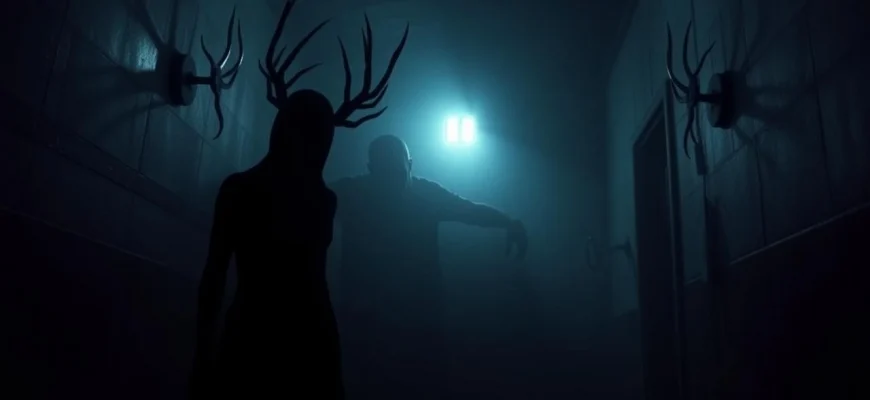If you're a fan of psychological horror and eerie atmospheres, then 'Caveat' (2021) likely left you craving more of its unsettling charm. This article is for those who want to dive deeper into similar films and shows that deliver the same spine-chilling tension, psychological twists, and haunting visuals. Whether you loved the claustrophobic dread or the slow-burning suspense of 'Caveat,' we’ve curated a list of 10 movies and shows that will keep you on the edge of your seat.
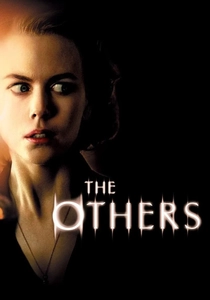
The Others (2001)
Description: The Others shares Caveat's gothic atmosphere and themes of isolation and hidden truths. Both films rely on psychological horror and twist endings that redefine the narrative. The use of a secluded, eerie house as the primary setting creates a similar sense of dread and mystery.
Fact: The Others was shot almost entirely on location in Spain. Nicole Kidman's character was inspired by Daphne du Maurier's Rebecca. The film was a critical and commercial success, revitalizing gothic horror in the 2000s.
 Watch Now
Watch Now 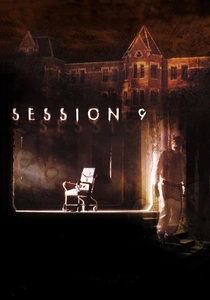
Session 9 (2001)
Description: Session 9 mirrors Caveat's use of an abandoned building to create an oppressive atmosphere. Both films explore psychological breakdown and supernatural horror, with ambiguous elements that leave the audience questioning reality. The slow unraveling of sanity is a key similarity.
Fact: The film was shot in the real Danvers State Hospital, adding to its eerie authenticity. Director Brad Anderson improvised much of the dialogue to enhance realism. The film has since gained a cult following for its unsettling tone.
 Watch Now
Watch Now 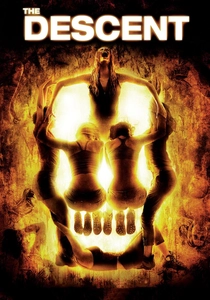
The Descent (2005)
Description: The Descent shares Caveat's claustrophobic tension and themes of survival and psychological horror. Both films trap their characters in confined, terrifying spaces, leading to paranoia and dread. The visceral fear of the unknown is a strong connective thread.
Fact: The all-female cast was a deliberate choice to subvert traditional horror tropes. The film's ending was altered for American audiences to be more pessimistic. Director Neil Marshall used minimal lighting to enhance the cave's terrifying atmosphere.
 Watch Now
Watch Now 
The Orphanage (2007)
Description: The Orphanage, like Caveat, combines supernatural elements with deep emotional trauma. Both films feature protagonists uncovering dark secrets in isolated settings, with a strong emphasis on maternal fear and loss. The haunting, melancholic tone is prevalent in both narratives.
Fact: Produced by Guillermo del Toro, the film marked J.A. Bayona's directorial debut. The story was inspired by Spanish ghost stories and folklore. The film won numerous awards, including seven Goya Awards.
 Watch Now
Watch Now 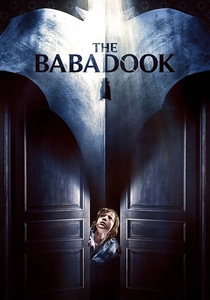
The Babadook (2014)
Description: Similar to Caveat, The Babadook explores psychological horror and the theme of maternal distress. Both films use confined spaces to amplify tension and feature protagonists grappling with grief and mental instability. The eerie, unsettling atmosphere in both films is built through slow-burning suspense and disturbing imagery.
Fact: The Babadook was director Jennifer Kent's debut feature film. The monster's design was inspired by early 20th-century German expressionist films. The film was critically acclaimed for its portrayal of grief and depression as monsters.
 Watch Now
Watch Now 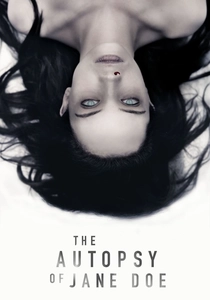
The Autopsy of Jane Doe (2016)
Description: The Autopsy of Jane Doe, like Caveat, is a claustrophobic horror film set primarily in one location. Both films involve uncovering dark secrets through investigation, leading to supernatural terror. The father-son dynamic in Jane Doe mirrors the familial tension in Caveat.
Fact: The film was shot in just 18 days. Director André Øvredal wanted the autopsy scenes to feel as realistic as possible. The film's twist ending has been widely discussed among horror fans.
 Watch Now
Watch Now 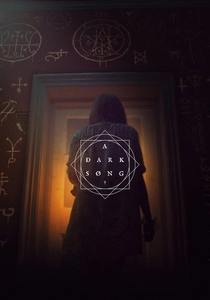
A Dark Song (2016)
Description: A Dark Song parallels Caveat in its exploration of occult rituals and psychological torment. Both films feature protagonists trapped in a house, undergoing harrowing experiences that blur the line between reality and the supernatural. The slow, methodical pacing builds intense dread.
Fact: The film's rituals are based on real-world occult practices from the Abramelin operation. Director Liam Gavin spent years researching esoteric texts to ensure accuracy. The film was praised for its unique take on spiritual horror.
 Watch Now
Watch Now 
The Wailing (2016)
Description: The Wailing shares Caveat's blend of supernatural horror and psychological mystery. Both films involve protagonists investigating eerie occurrences that lead to shocking revelations. The rural, isolated settings and ambiguous endings create a similar sense of unease.
Fact: The film's title refers to the sound of grief, reflecting its themes. Director Na Hong-jin incorporated elements of Korean shamanism. The film was a box office hit in South Korea and received international acclaim.
 Watch Now
Watch Now 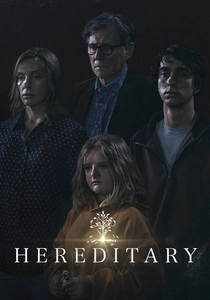
Hereditary (2018)
Description: Like Caveat, Hereditary delves into family trauma and supernatural horror, blending psychological and physical terror. Both films feature disturbing revelations about family history and use slow-building dread to unsettle the audience. The claustrophobic settings in both films heighten the sense of entrapment and doom.
Fact: Toni Collette's performance was widely praised, with many calling it one of the best in horror cinema. The film's director, Ari Aster, drew inspiration from personal grief and family dynamics. Hereditary was A24's highest-grossing film worldwide at the time of its release.
 Watch Now
Watch Now 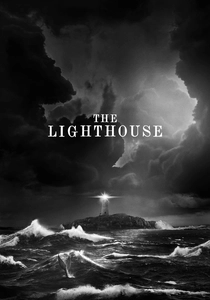
The Lighthouse (2019)
Description: The Lighthouse, like Caveat, is a psychological horror film that traps its characters in an isolated setting, leading to madness. Both films use black-and-white cinematography to create a stark, unsettling mood. The themes of guilt, paranoia, and supernatural dread are central to both narratives.
Fact: Robert Pattinson and Willem Dafoe performed their own stunts, including eating raw eggs. The film was shot in a nearly square aspect ratio to mimic early 20th-century photography. Director Robert Eggers drew from maritime folklore and historical accounts of lighthouse keepers.
 Watch Now
Watch Now 
